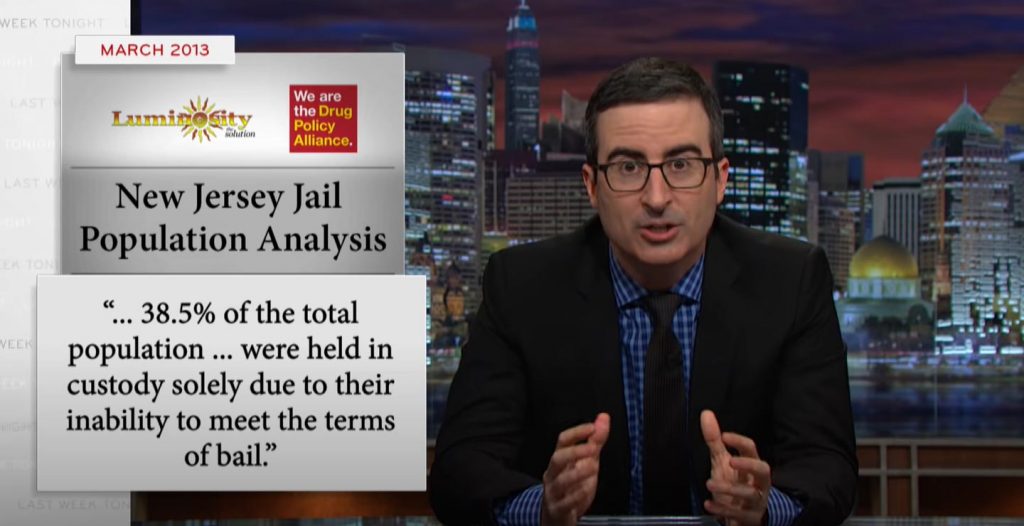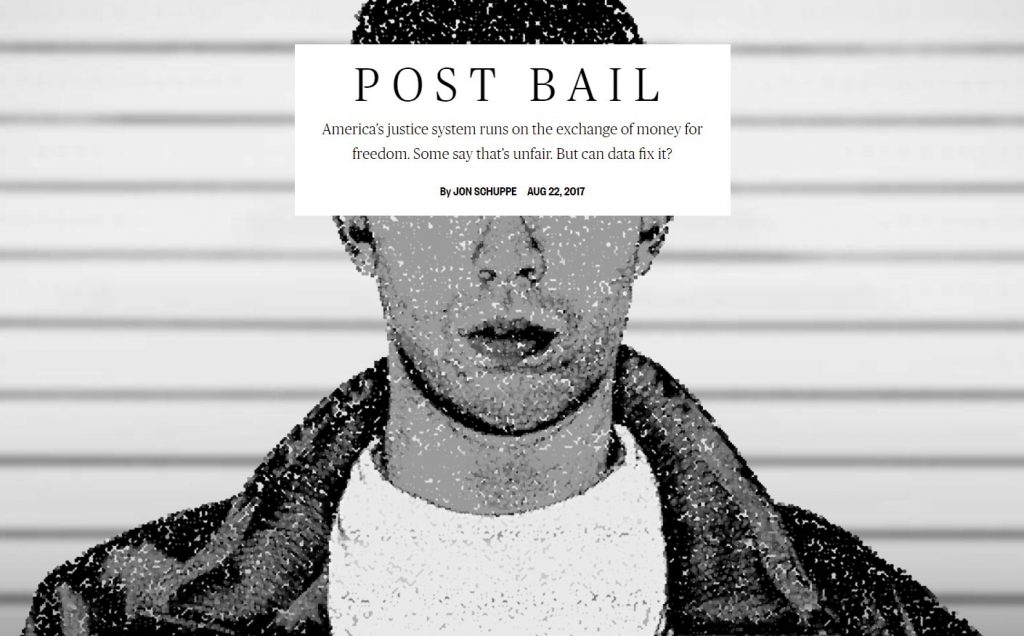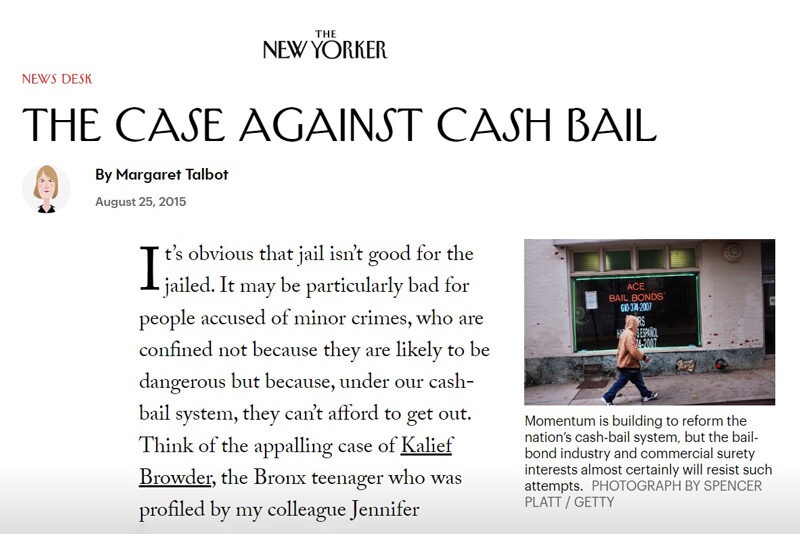CNN
CNN interviewed Luminosity’s Director of Data Analytics in the article Recidivists fuel New York City’s rise in crime, mayor and police officials say. “Marie VanNostrand, an analyst with Luminosity, which studies criminal justice data, said she had not seen the city’s data but the mayor’s suggestion that a small number of people were being arrested, released and then rearrested for serious crimes is consistent with other data on the subject. ‘The number of people being arrested now who have pending cases – which is what the mayor is referencing – has in fact increased. Now, the causes of that aren’t necessarily clear,’ she said. ‘The mayor made some reference to bail reform … We also know that cases are going on longer because of the pandemic court closures and those types of things. So there’s certainly potentially competing causal factors.’ Still, VanNostrand said violent crime and gun violence are increasing across the country, including in states that have not implemented bail reform.

The New York Times
The New York Times leveraged the analytical insights generated by Luminosity and contained in the NYC Criminal Justice Agency’s pretrial dashboards to inform the proposed legislative changes being discussed in the State. The article New York’s Bail Laws, Reconsidered: 5 Things to Know found that “Overall, the rate of those who have been rearrested while they are awaiting trial has been largely unaffected by the changes in the law, according to data from the New York City Criminal Justice Agency. It has held steady at a range of between 3 and 5 percent each month. But the data is more troubling when it comes to violent crime. Dr. Marie VanNostrand, a scholar of criminal justice systems who has studied New York City’s data, said that she has seen an increase in offenses among people who had been released to await trial after being charged with violent felonies… But Dr. VanNostrand said that violent crime was increasing across the city and that increases among those awaiting trial did not account for the broader trend. ‘The numbers just don’t bear out that the crime wave is being driven by people who are on pretrial release,’ she said.”

Last Week Tonight with John Oliver
John Oliver explains why America’s bail system is better for the reality tv industry than it is for the justice system in his first episode on Bail. In the original episode he highlights Luminosity’s research that found that 38.5% of all the people incarcerated in New Jersey Jails were there solely due to their inability to pay their bail. In the second bail related episode Bail Reform, John Oliver discusses among other things the progress made in New Jersey following Luminosity’s research.

NBC News Special Report
Dr. Marie VanNostrand was profiled in the NBC News Special Report: Post Bail – America’s justice system runs on the exchange of money for freedom. Some say that’s unfair. But can data fix it? for her criminal justice reform work. “Her interest began as a probation and parole officer, where she saw large numbers of people with jobs, families, and no criminal records stuck behind bars because they could not afford bail. She also noticed people with long records who got released quickly because they could pay. ‘The disparity and discrimination I saw based on race and socioeconomic status outraged me and fueled my desire to dedicate the rest of my life to changing that,’ she said.”

The New Yorker: The Case Against Cash Bail
Research conducted by Luminosity and its partners was featured in The New Yorker’s Article The Case Against Cash Bail. “Now, there’s a study that quantifies some of the harm of keeping low-risk offenders in jail. Three criminal-justice researchers—Christopher Lowenkamp, Marie VanNostrand, and Alexander Holsinger … found that the longer low-risk defendants were held in jail the more likely they were to engage in criminal activity… How could it be that as few as two additional days in jail could do such damage? … The researchers say that the real problem is that jail destabilizes lives that are often, and almost by definition, already unstable. It tends to quickly undermine the three mainstays of steady employment, housing, and family attachments…In this conflict, it will be enormously useful to have more studies like Lowenkamp, VanNostrand, and Holsinger’s.
